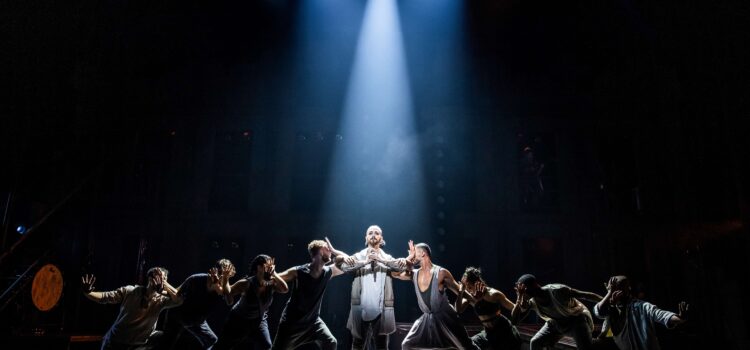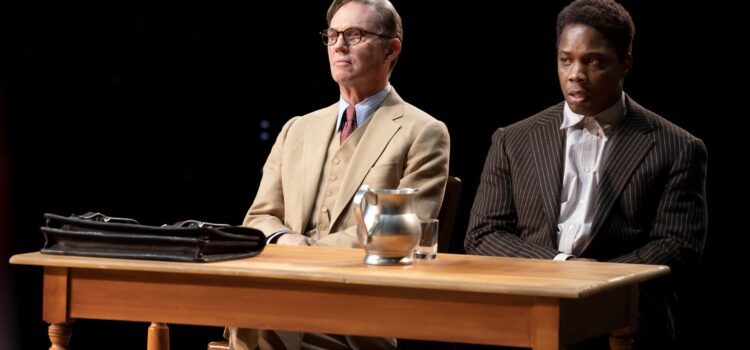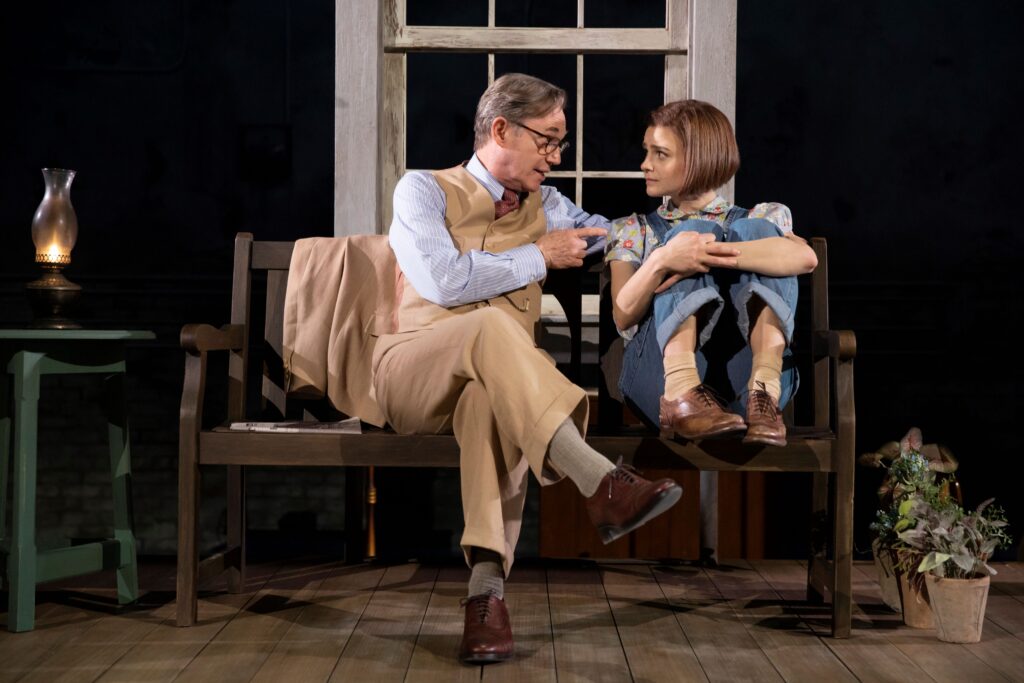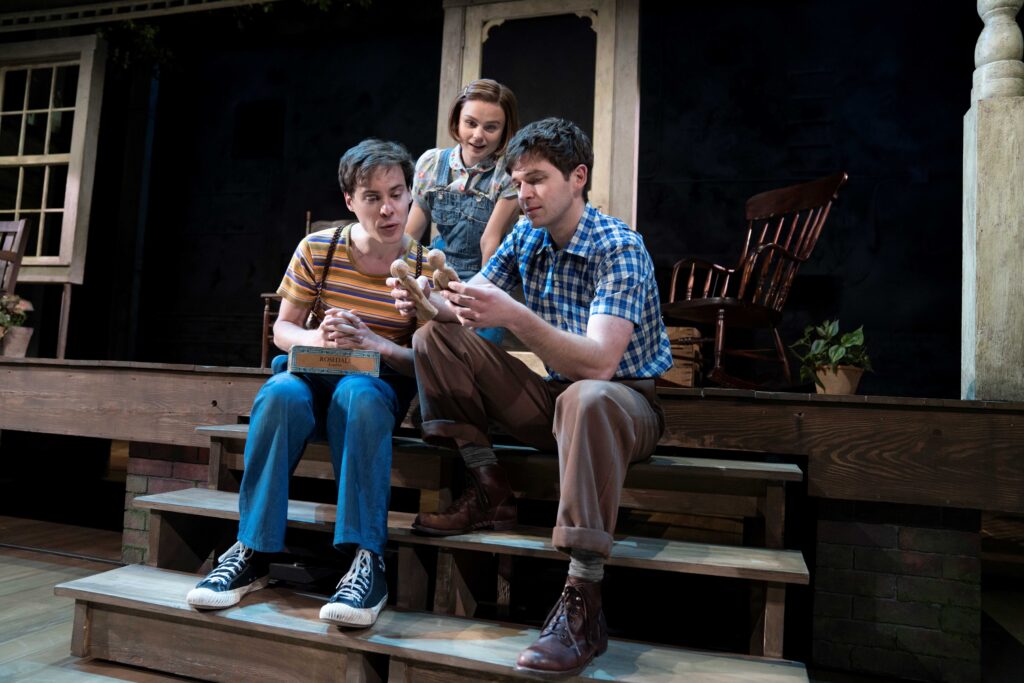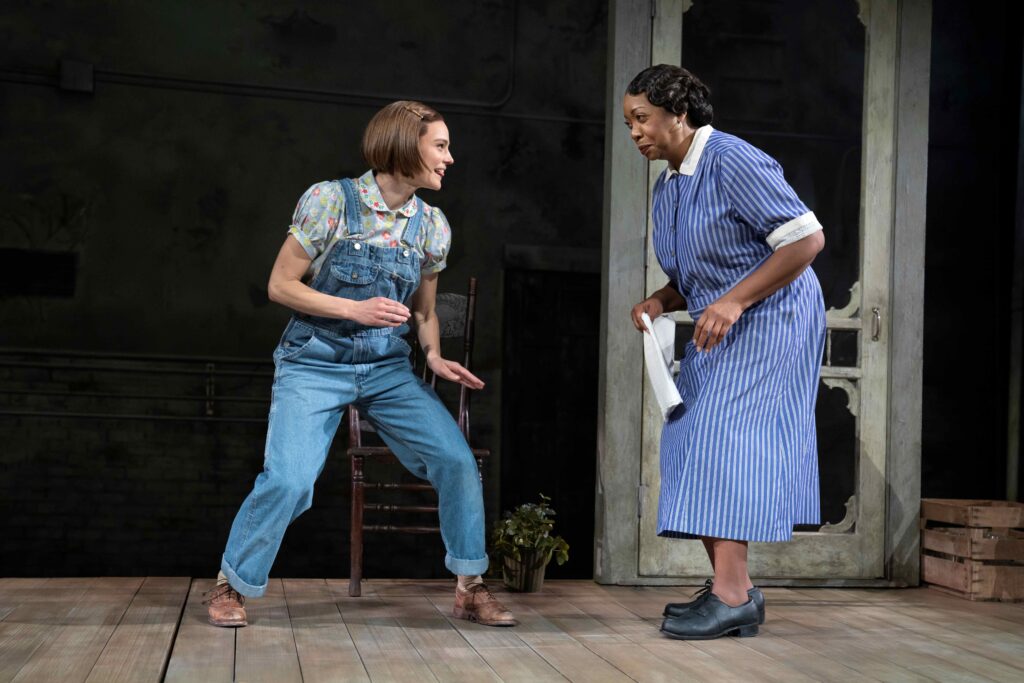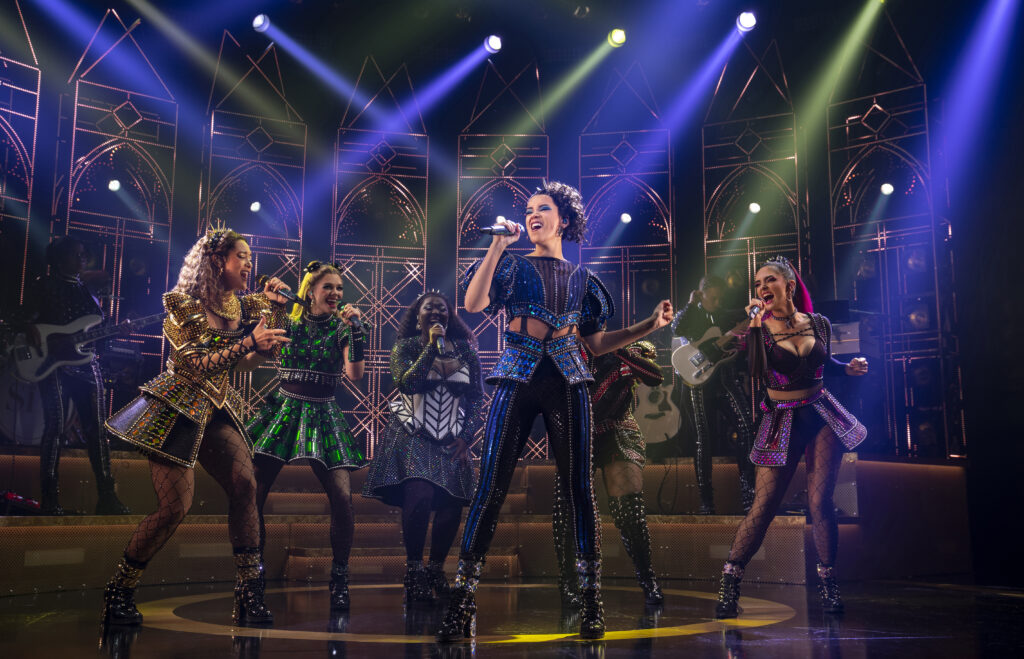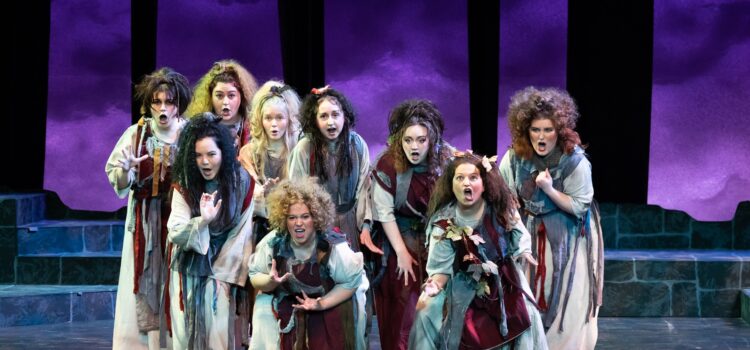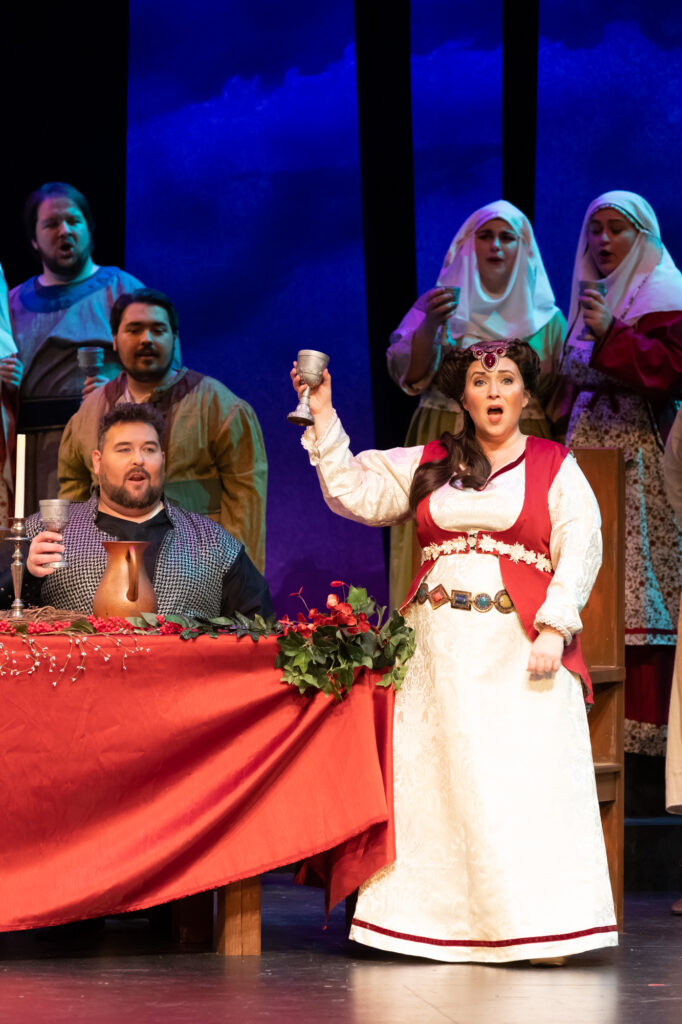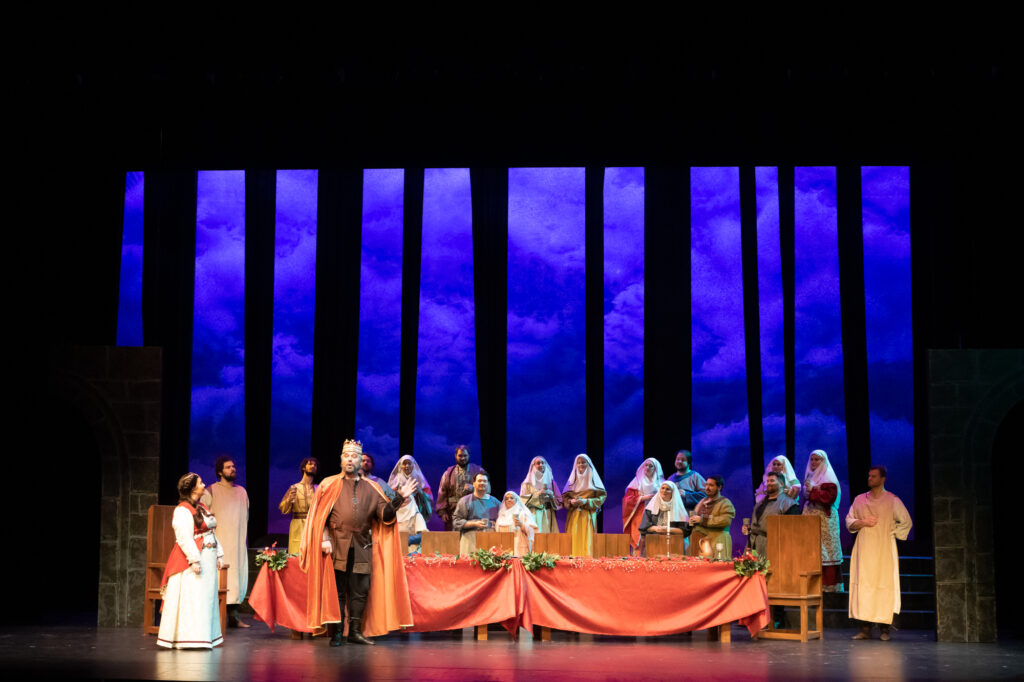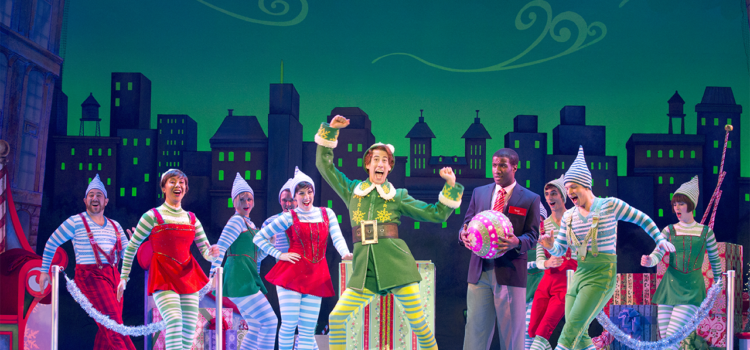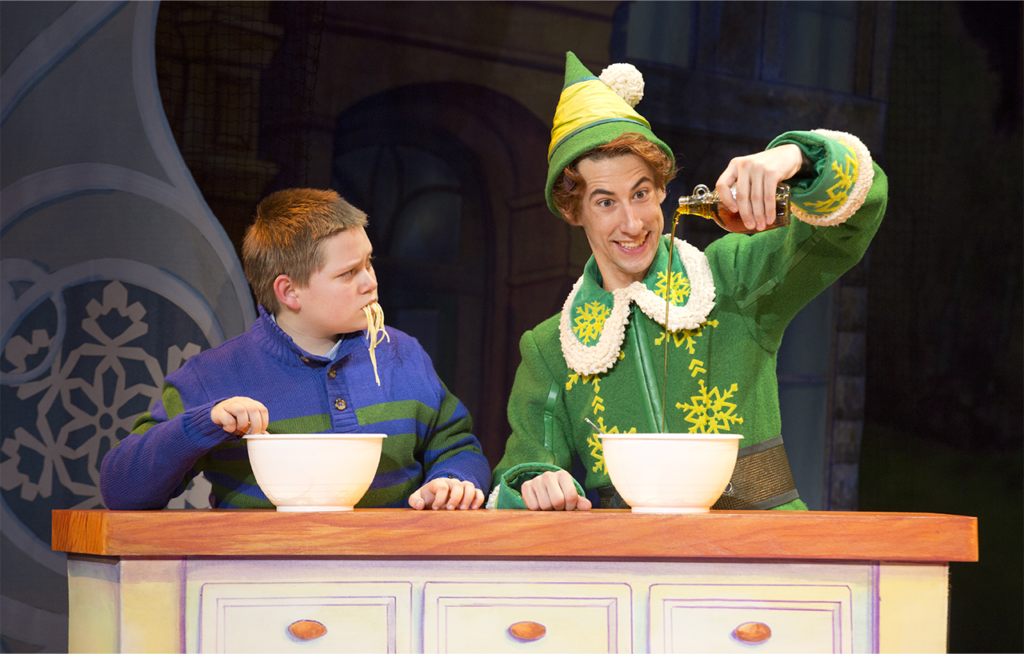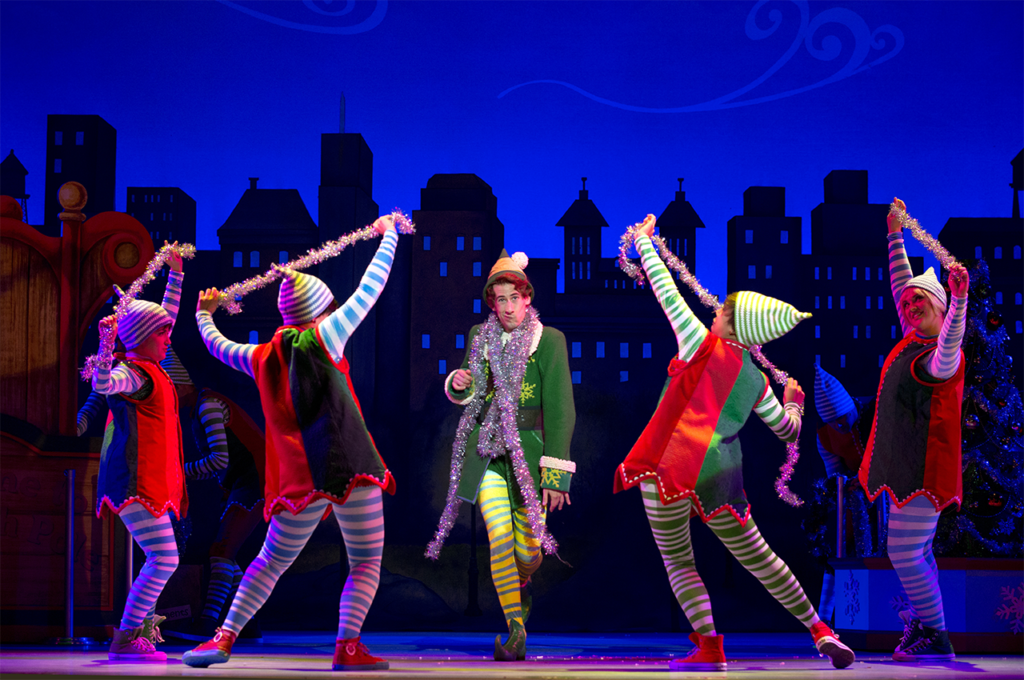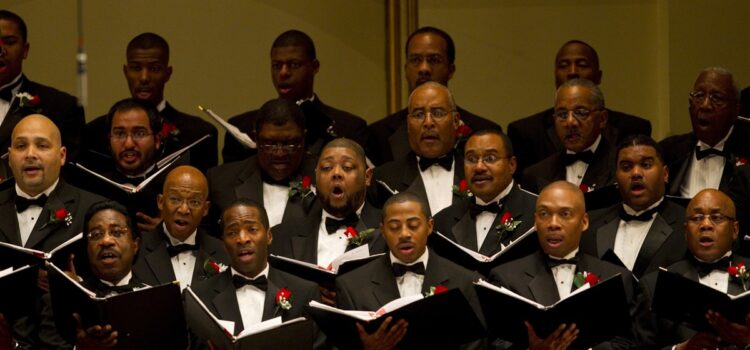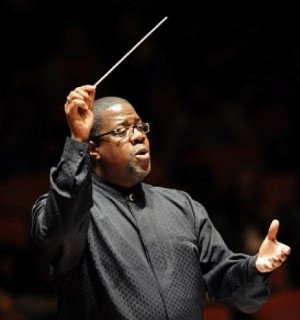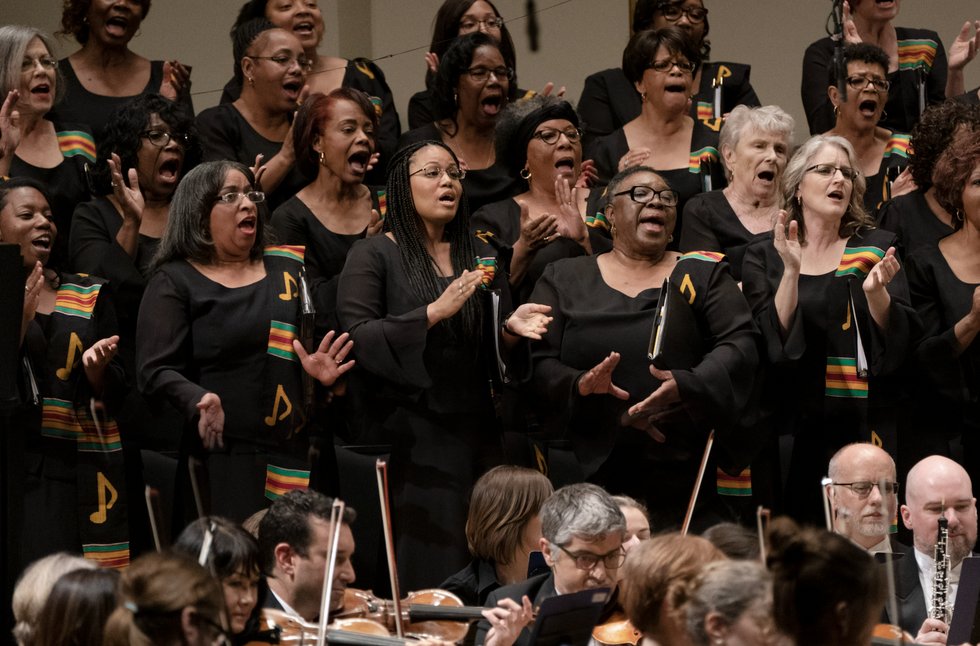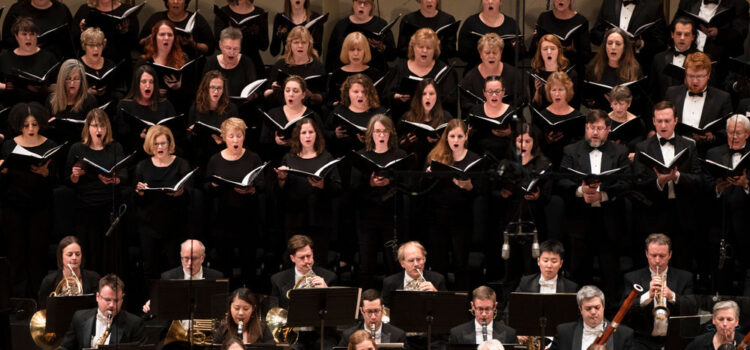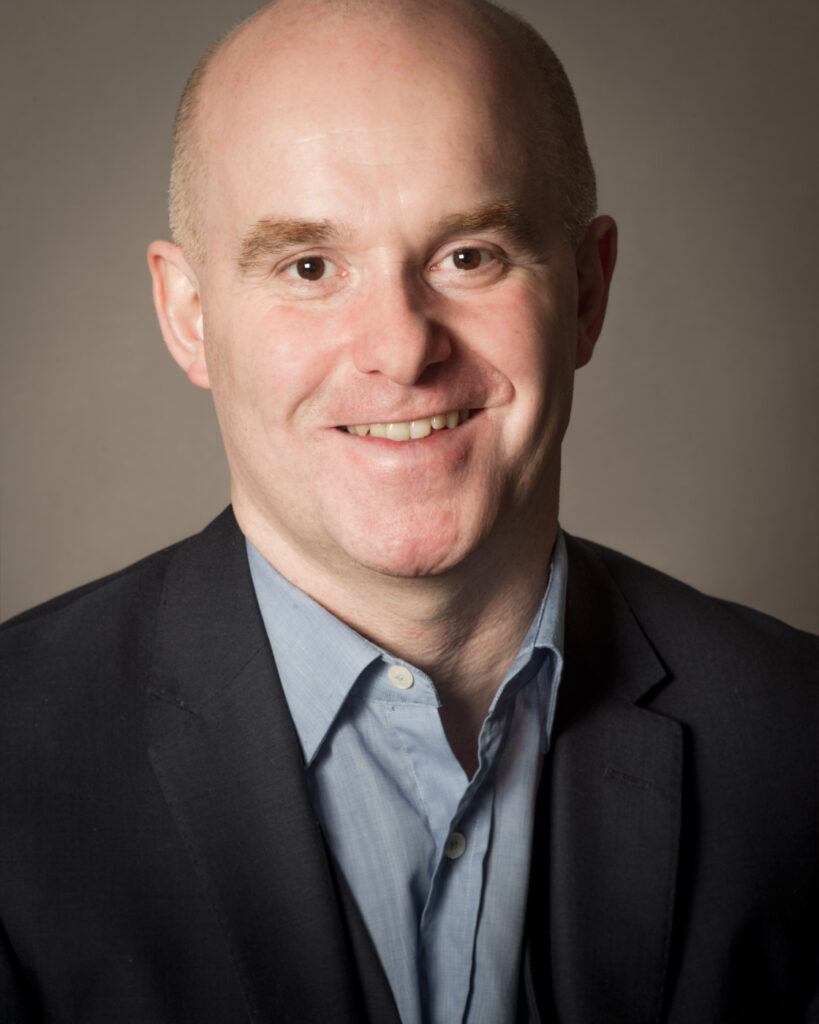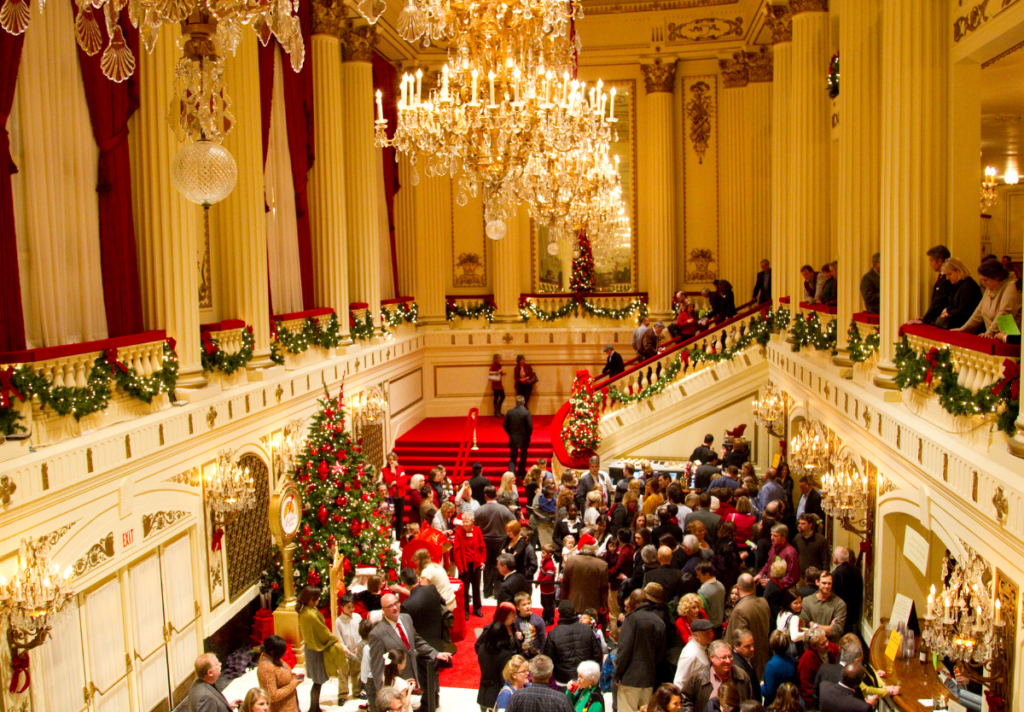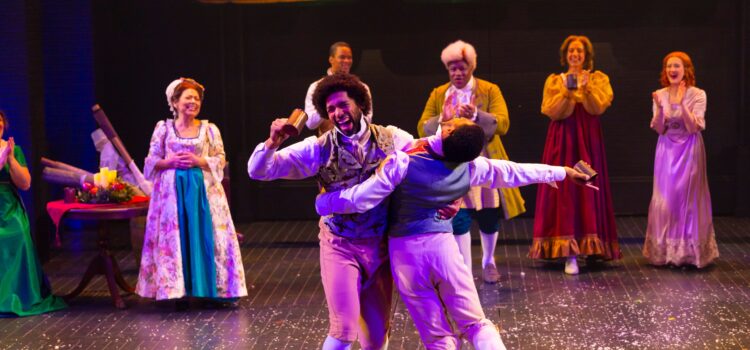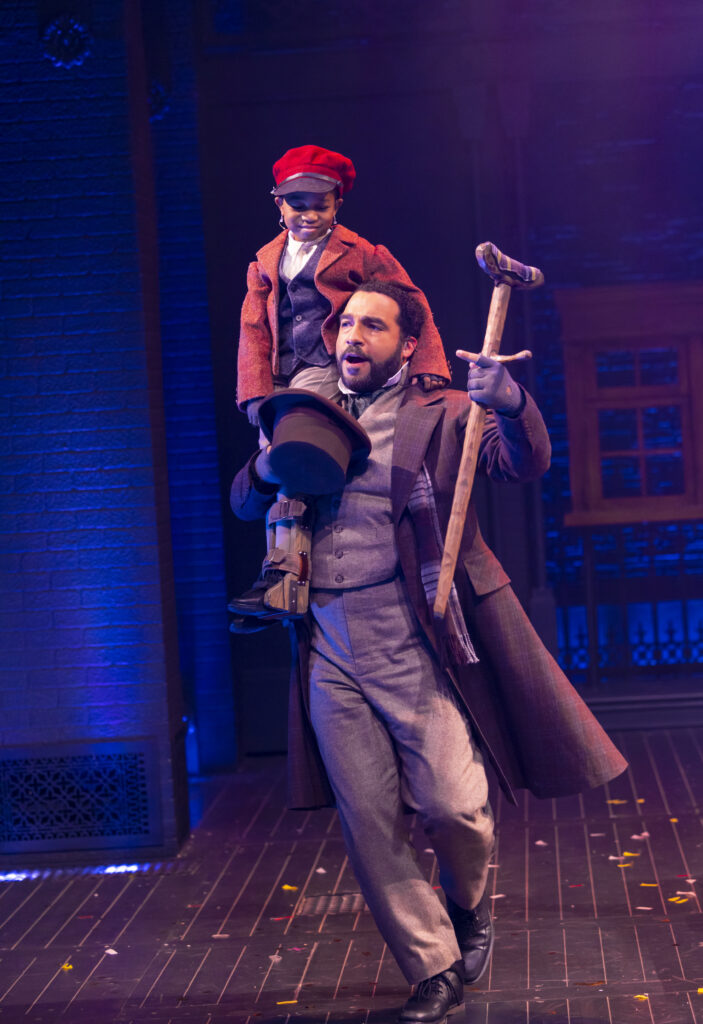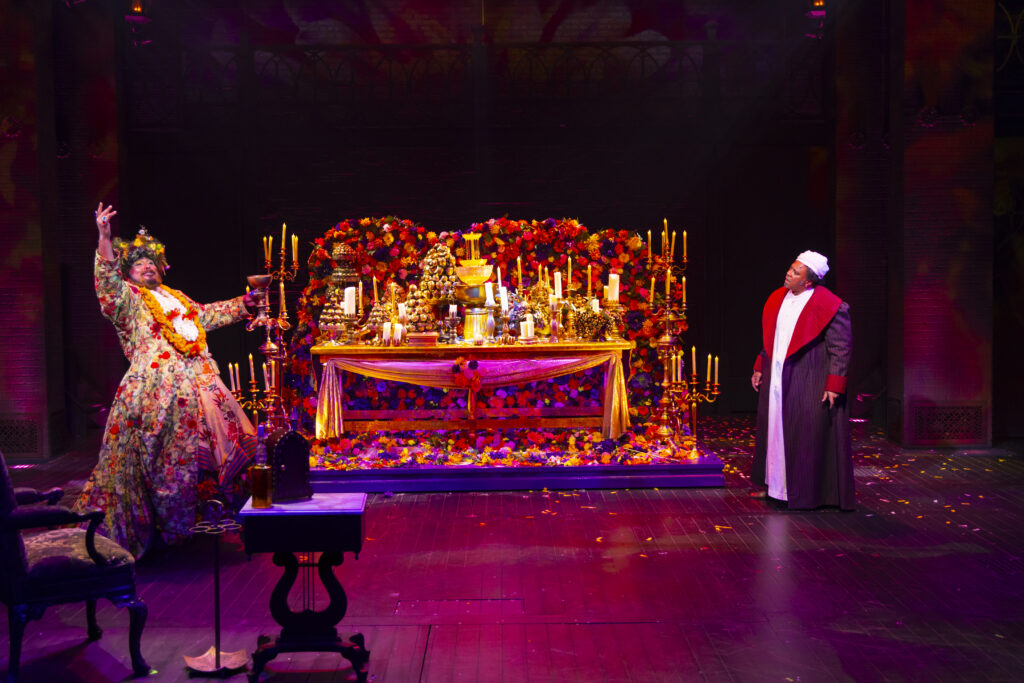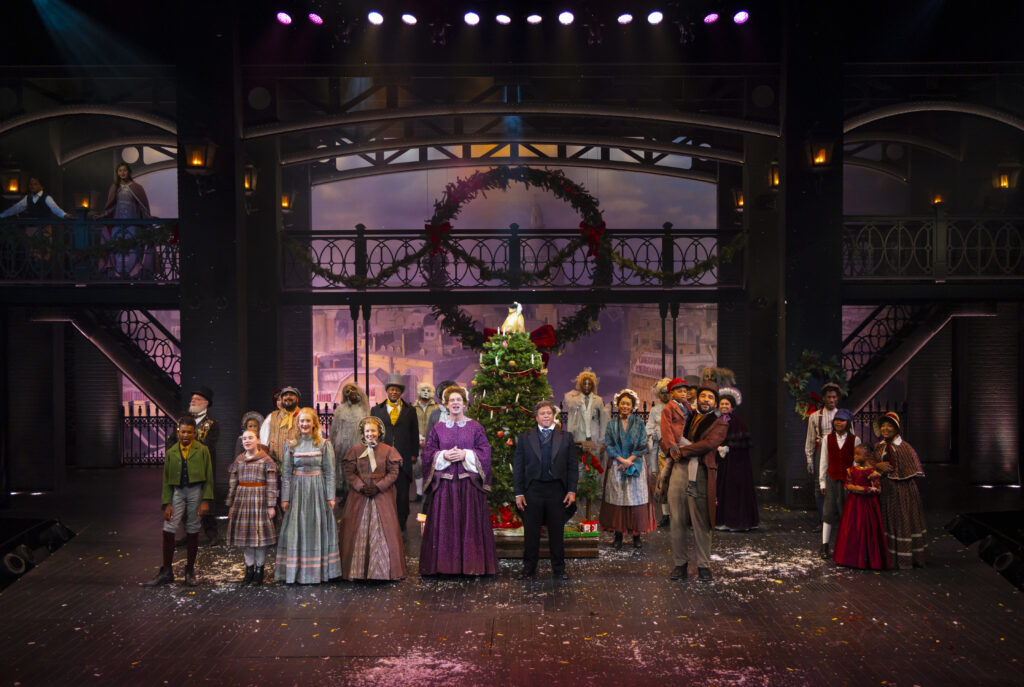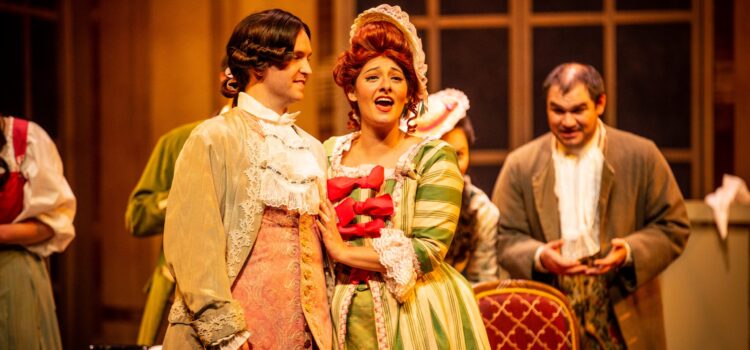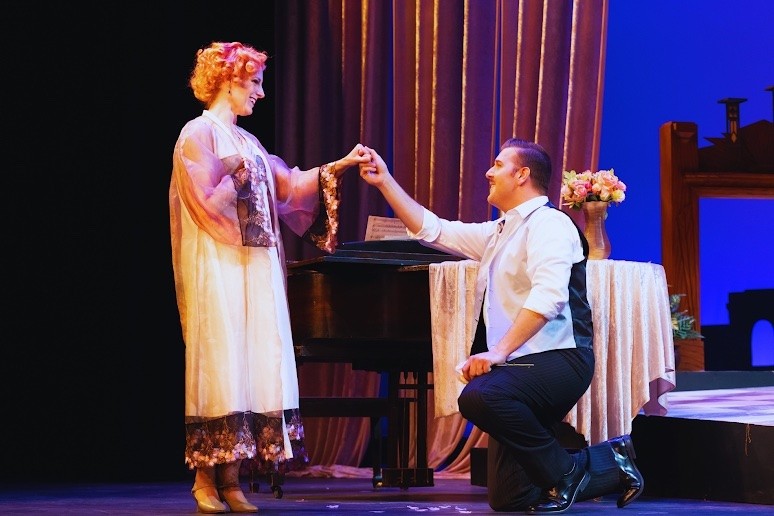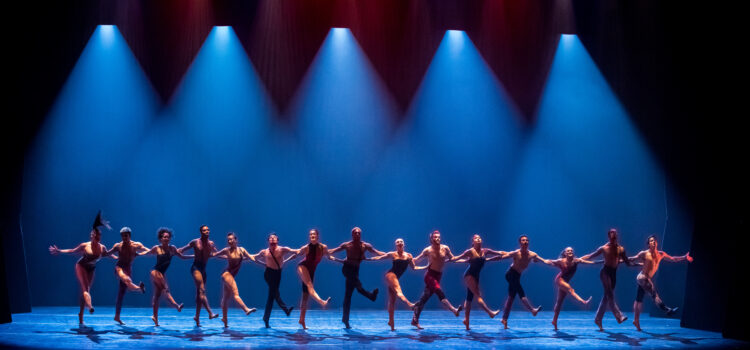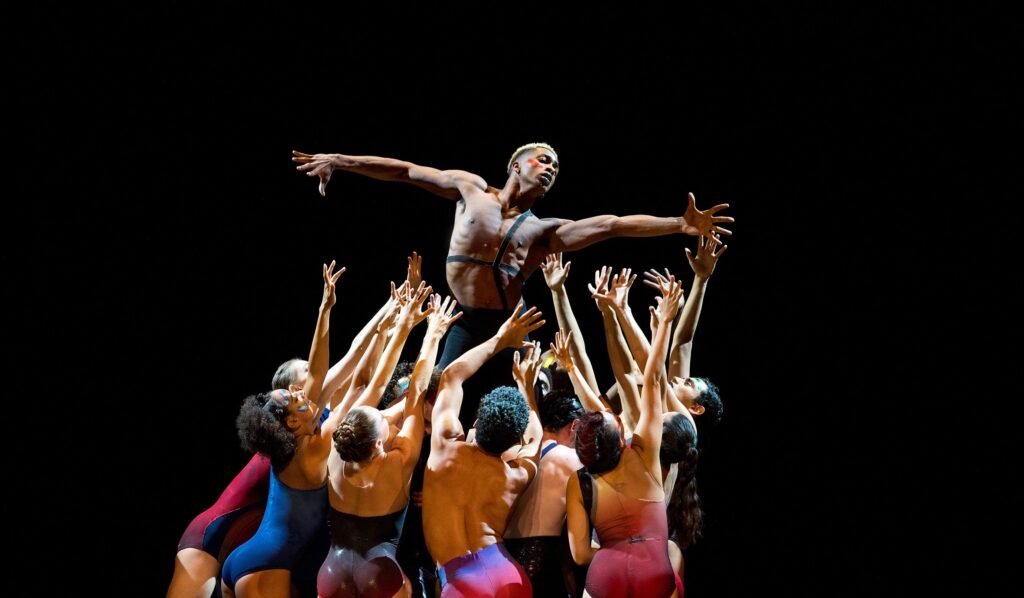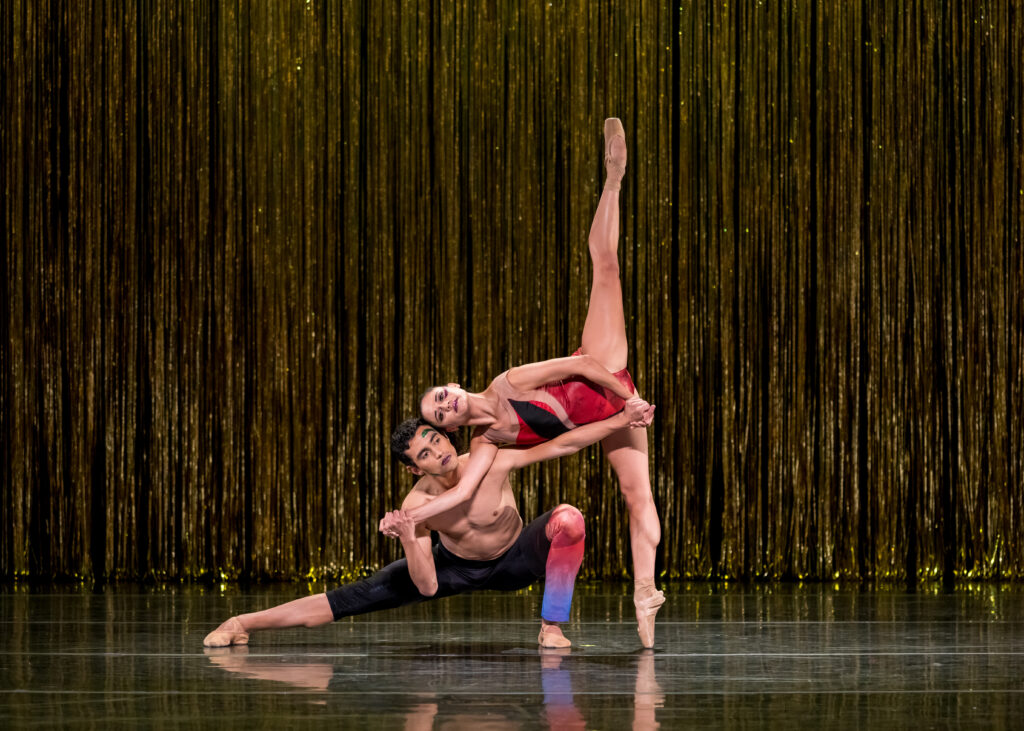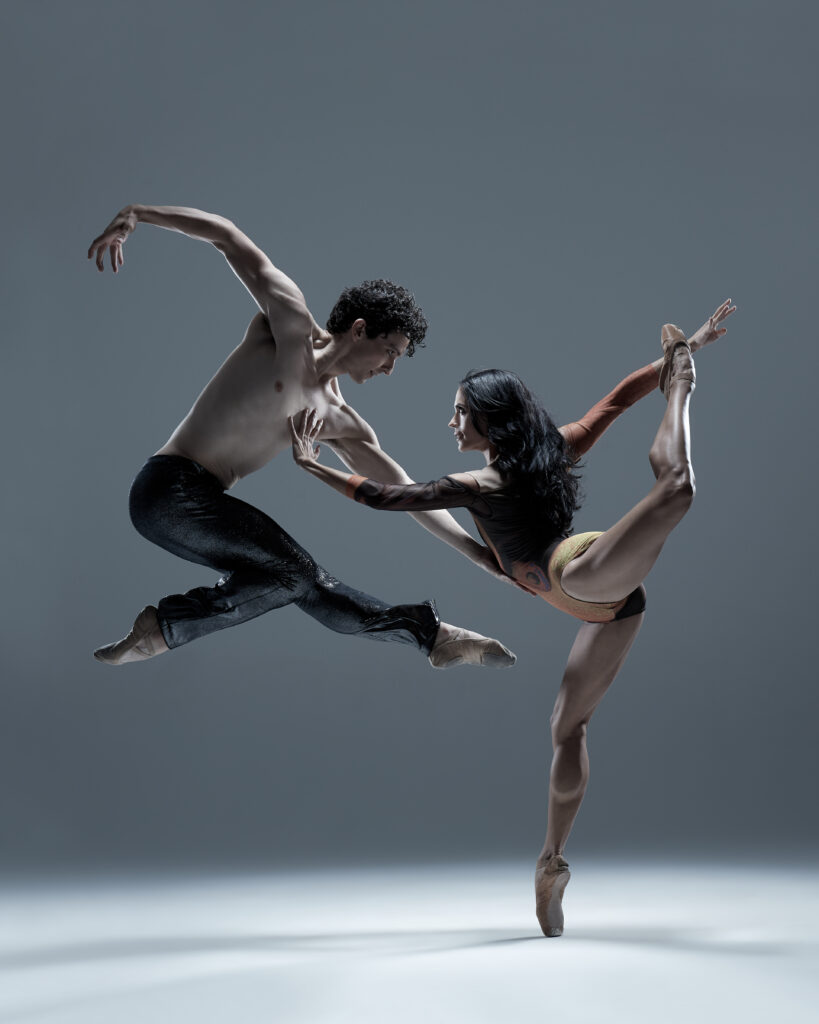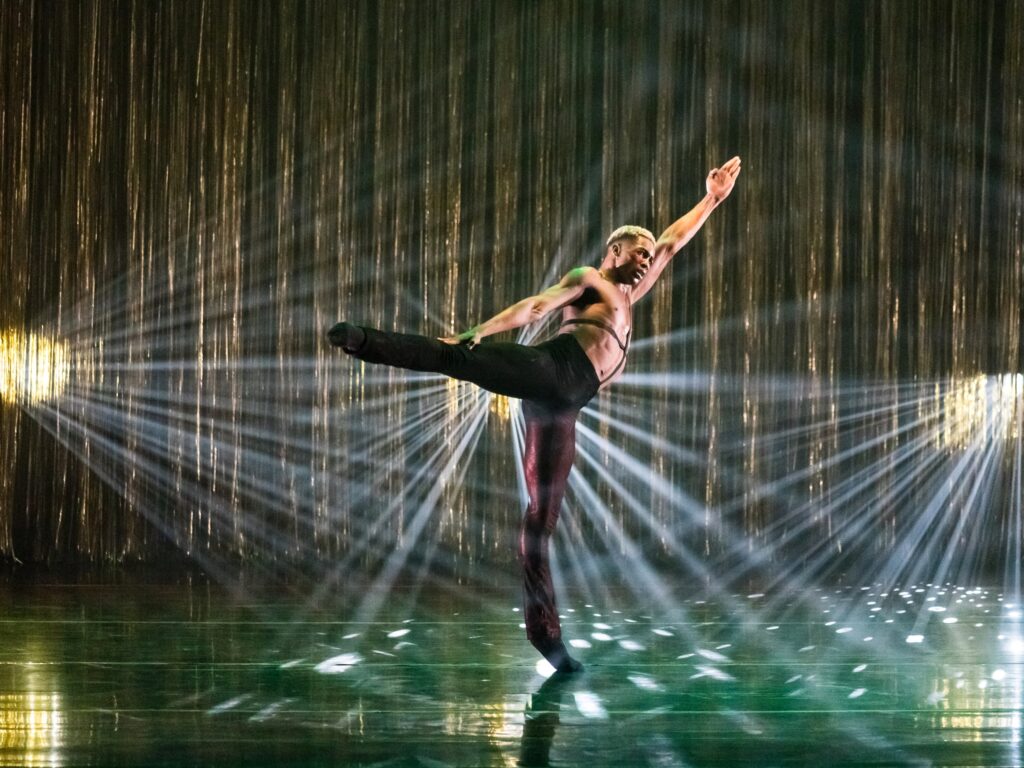By CB Adams
There’s a button on my podcast player that allows me to listen at normal speed or an accelerated 1 ½ speed. The purpose of that button ostensibly is to allow me to ingest more content in less time. But there’s a difference between the ability to ingest content and the desire to digest it. That’s the conundrum presented by Jesus Christ Superstar at the Fabulous Fox Theater through May 21.
This 50th-anniversay Superstar seeks to reboot the popular musical-by-way-of bestselling album into a production that is louder, faster and flashier. Make that, tick-tick-boomier. But there’s a sizable aspiration-to-reality gap with this show that’s often hyperactive, frenetic and screechy.
In the past half century, Superstar has attracted its ardent adherents and super-fan believers in the works of Emmy, Grammy, Oscar and Tony winners Tim Rice and Andrew Lloyd Webber. I, too, have a soft spot for Superstar as I remember the thrill the original double vinyl album and feeling the transgressive power of a rockstar treatment of the last days of Jesus. The movie was a disappointment for me, failing to replicate on the big screen the feeling I had for the performances blaring through my friend’s big speakers.
Based perhaps on my own nostalgic remembrance of listening to the original album, this production feels rushed, akin to filling a ’68 VW Beetle with jet fuel. It’s fast and furious and constantly in danger of burning itself out. It left me feeling as though director Timothy Sheader’s goal was see if he could pack a two-hour show into approximately 90 minutes without intermission. If you like your Superstar staged like a stadium concert with actors using handheld microphones like hyperventilating rock stars, then this production will not disappoint you.
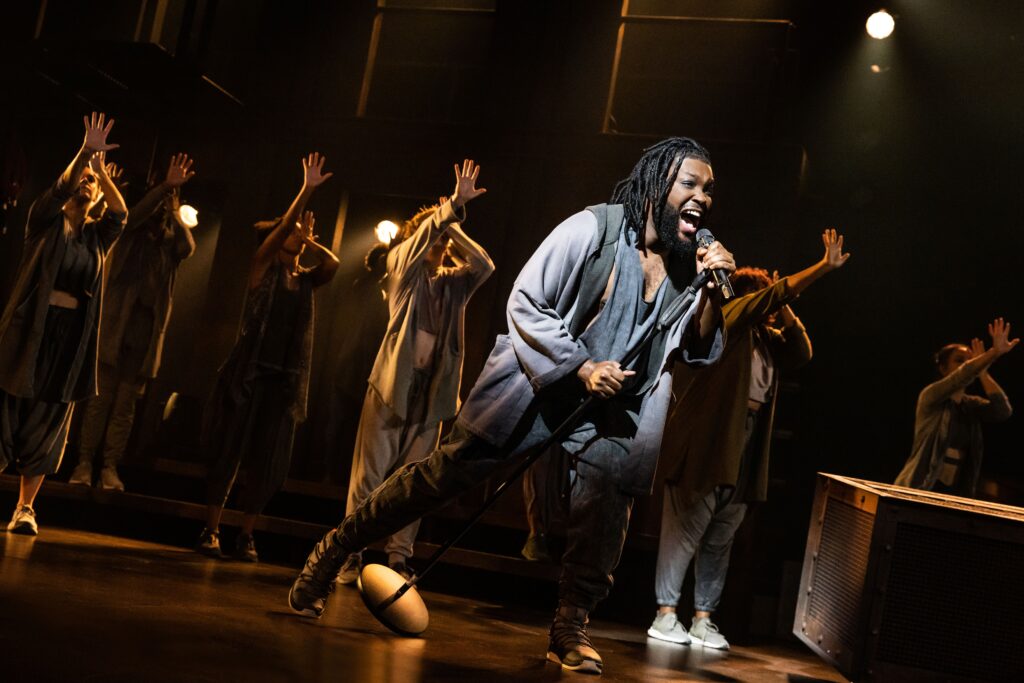
This show’s use of microphones and stands (some incorporated into the staffs of Caiaphas and his entourage) would make Jim Morrison, Steven Tyler, David Lee Roth and Prince envious. In a later scene, the corded microphone stands in for the suicide of Judas, and the color of the cords of Jesus’ adversaries change from black to red.
For much of the show, that approach has its successes transitioning from song to song, scene to scene. If you know the score by heart, the songs, scenes and characters are tightly and creatively interwoven and delivered with little opportunity for boredom – or the head space to contemplate the way they resonate with the source material. From the “Overture” through to “The Temple,” this production succinctly sets up the story to follow. But the momentum and accelerated delivery of those songs overruns the beautiful moment and sentiments presented in “I Don’t Know How to Love Him,” a song that deserves a pause and respite from the pedal-to-the-metal, just-push-play pacing.
The set, designed by Tom Scutt, is dominated by an industrial metal crucifix angled across the stage, is well-suited to the quick transitions of the lead characters, the ensemble and back-up soul singers. However, almost all of the action takes place on the crucifix and stage right. This makes for lopsided viewing.
The onstage band is stacked stage left on two levels. Choreographer Drew McOnie makes ingenious use of the set but adds to the production’s overall freneticism. Mostly, the music video moves complement the songs, but they can occasionally seem plastic, unemotional and even downright silly.
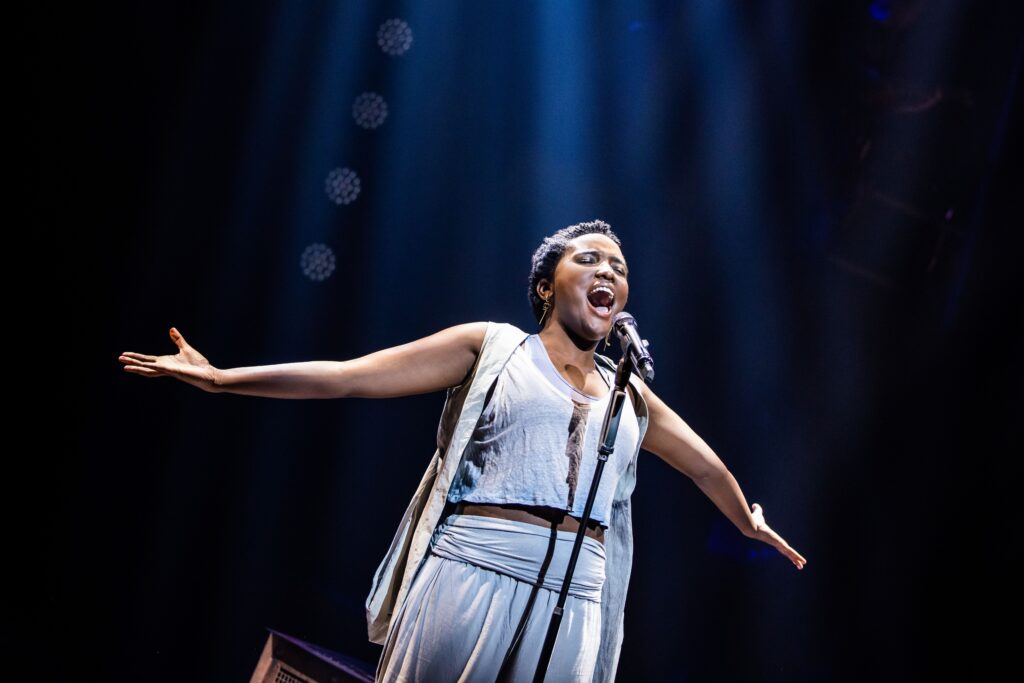
Among this show’s weaknesses, the cast is not among them. Regardless of the weaknesses in some of the choreography and direction, this cast tries. God knows they try as they sang and danced and acted to make the most of the material.
From the leads to the ensemble and soul singers, this show delivers impressive vocal power, even if the lyrics are sometimes lost in all the rockstar caterwauling . There are no stand-outs among the cast because each member is so well-matched to the material and the other singers. Jack Hopewell as Jesus is a bantam in stature and a giant in voice, whereas Nicholas Hambruch is Falstaffian in stature and Meatloaf-ed in voice. Elvie Ellis delivers a powerfully nuanced Judas. The moment when he accepts the bribe money to betray Jesus and pulls his silvered hands from a chest is one of the show’s best details. Faith Jones, as the only female lead, excels as Mary.
Erich W. Schleck provides Superstar’s only humous moment during a glam-rock interpretation of “Herod’s Song.” This is an oddly singular moment in Superstar. Schleck milks the moment for all its worth, and may be the most memorable of all the performances. Bowie would be proud.
Like the story of the Titanic, we all know how Jesus Christ Superstar ends. Before this production concludes with a crucified Jesus and Judas sitting ambiguously together on the crucifix, there are two less nuanced, and therefore less effective moments. One is the use of bursts of glitter during the lashing of Jesus – all 39 of them. The other is the use of a nail gun (that looked more like a cordless drill) as Jesus is put to the cross. In this production’s neediness to be modern, this was needless overkill – shades of Final Destination 3, Casino Royale and Lethal Weapon 2.
These moments exemplified the best and not-the-best parts of this production. They left me not knowing how to love this Superstar.
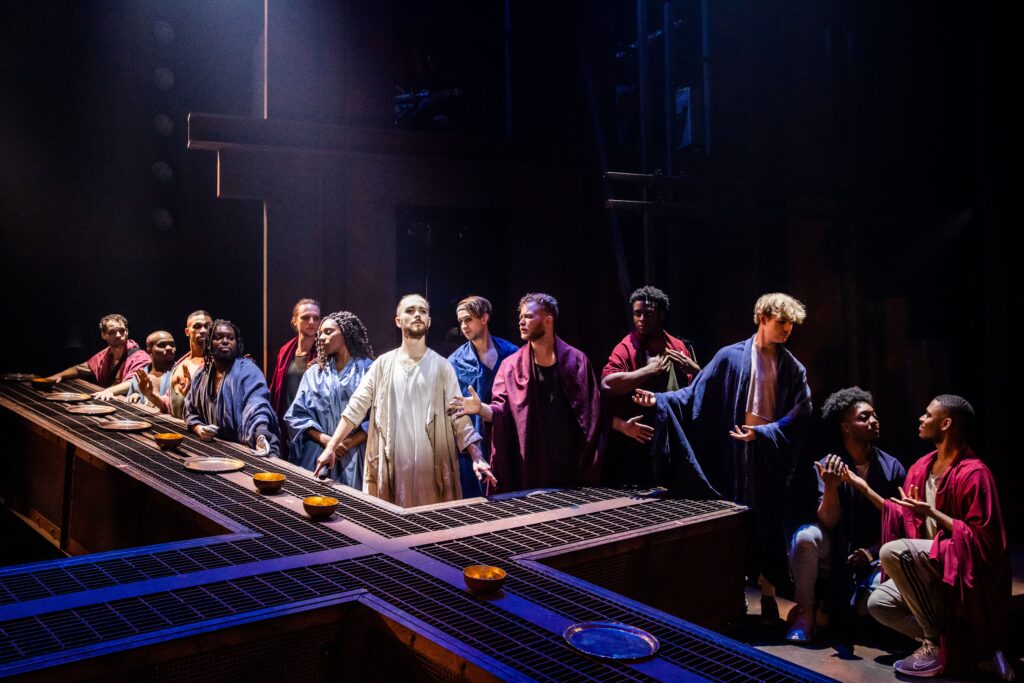
Performances of “Jesus Christ Superstar” at the Fabulous Fox run May 9 through 21. Show times vary. Tickets on sale now at MetroTix.com or by calling 314-534-1111. For more information, visit www.fabulousfox.com

CB Adams is an award-winning fiction writer and photographer based in the Greater St. Louis area. A former music/arts editor and feature writer for the St. Louis Globe-Democrat, his non-fiction has been published in local, regional and national publications. His literary short stories have been published in more than a dozen literary journals and his fine art photography has been exhibited in more than 40 galley shows nationwide. Adams is the recipient of the Missouri Arts Council’s highest writing awards: the Writers’ Biennial and Missouri Writing!. The Riverfront Times named him, “St. Louis’ Most Under-Appreciated Writer” in 1996.

